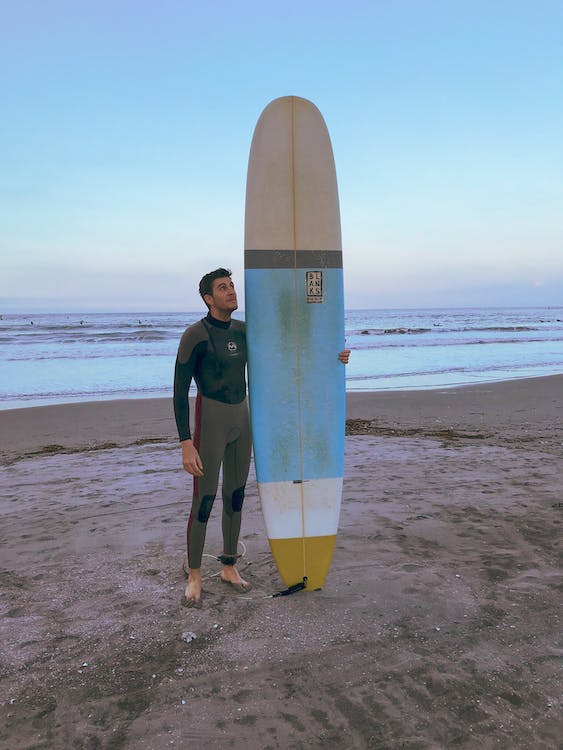If you are new to surfing, surfboards come in varying shapes, length, and design. It is important to know which works for your level of skills and the minute factors essential to improve your performance.
Choosing the right surfboard will be one of the most important decisions you’ll make to get a satisfying wave ride. But regardless if you are new to the surfing lifestyle or an intermediate ready to jump into the pro scene, your surfboard is all that matters.
If you are looking for the right equipment to get you geared up for your next wave, dhd has all the essentials you need from shortboards, longboards, and stand-up paddleboards. It takes a little ingenuity to know what you need and all the help from experts who can point out what is suited for you.
Surfboards Come in Different Brands and Variety
If you walk into a surf shop, you will take an eyeful of products from different makers. And it is the same with most online stores. Understanding that you have little or no information on what type of surfboard to buy, it is easy to fall prey to marketing hype.
Nowadays, surfboards are not just carved from timber trees. Technology has expanded the market, incorporating various constructions including fibreglass cloth, foam and resin, and epoxy and expanded polystyrene (EPS).
Foam surfboards are always a great choice if you are picking up on your surfing lessons. It is considered an entry-level board because of its stability, user-friendliness, and ease of paddling. Foam surfboards from dhd are easier to balance and stand on. It makes an exceptional accessory for catching your first waves while maintaining your balance and stability.
Calculate the Ideal Surfboard Volume
A surfboard’s volume affects the drag, which equates to speed. This factor is unique to individual riders because of specific variables, including weight, ability, and fitness. The volume of a surfboard is its length, width, and height multiplied together.
You’ll notice pro-surfers have surfboards that are similar in volume. This criterion is an essential part of your wave ride, affecting your ability to glide through the water. Low-volume surfboards provide a sensory experience that may not be ideal for a beginner.
High-volume surfboards, on the other hand, are great for your learning stages. It is easier to ride and gives you great balance and wave control. High-volume boards are a safer option with higher levels of weight support.
Get Your Surfboard’s Height Right
Getting a surfboard’s height right comes from experience, surfing conditions, weight, and level of fitness. This factor is where most surfing newbies make mistakes as its importance is often undermined.
Also, understand that your weight and skills are directly related to the type of surfboard ideal for training use. Boards come in various height, from 5’2 to longboards with a length of 7’0.
For example, if you weight 170 lbs. and a beginner, getting a 54.09L surfboard gives you the right wave ride experience. For beginners, getting a surfboard is not an easy task. You need all the help from your surfing coaches and pro-athletes to get the right one.
Essentially, it takes a lot of effort and research when purchasing a surfboard fit for your weight, height, fitness, and skills level.
Author: Alison Lurie

